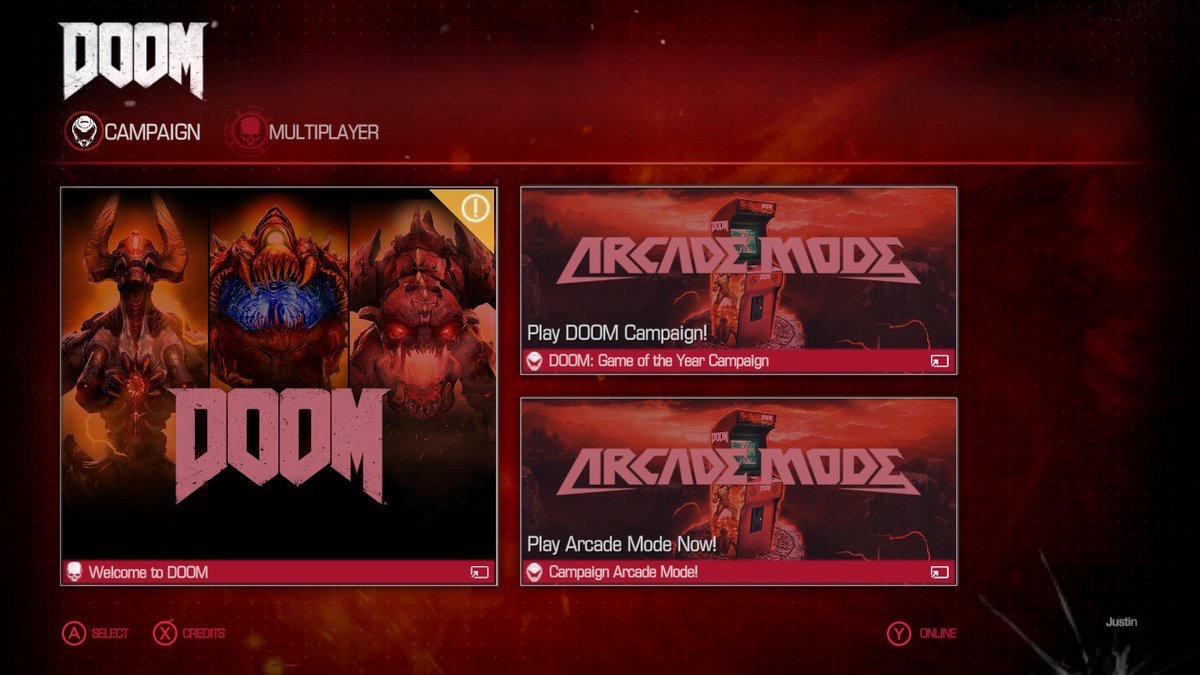

Combat is undoubtedly more interesting thanks to the new enemy types which make a visceral and gory spectacle when combined with the increased numbers and large combat arenas. Maybe Doom-fatigue was a factor, but this was undoubtedly amplified by a dawning realisation that, despite the surface similarities, Doom 2 just isn’t as strong a game as the original.Īnd for the record, I ‘wanted’ to enjoy it I wanted to have another dose of that same tense, tight gameplay that I’d enjoyed so much in the original. It was disappointing to find that from around level twenty-something until the end I’d begun counting down stages to the game’s finale with the experience occasionally teetering on the edge of enjoyment, liable to slip at any moment into tedious. I merrily began the romp though those familiar first few levels, before slowing to steady-progress through the midgame, and finally a slow grind during the game’s latter stages.

… and yeah, chonking around Doom levels blasting revenants with a Super-Shotgun has become such an iconic image of the game that it’s easy to forgot that it wasn’t a possibility in the original… By far the biggest gameplay change in the sequel is an extended enemy roster including the hit-scan nightmare of the chain-gunner, mancubus with its fireballs, lost soul vomiting pain elemental, and the terrifying arch-vile capable of telekinetic attacks and an ability to resurrect fallen demons. The game introduces players to a solitary new weapon, the iconic super-shotgun, with a slow reload and devastating slaying potential alongside the new ‘megasphere’ power-up. It is still nominally split in to three themed sections representing a military base, city, and hellscape between each of which is a small text interlude filling the player in on what little plot there is. Its 32 new levels (30 + 2 secrets) now form one single campaign without the episode breaks (and associated load-out reset) of the first game. With bigger levels, expansive designs, and more enemies onscreen, Doom 2 required a slightly heftier rig to run than the original Doom, albeit still in the realm of most average PC’s of the day. Cynics would say that it’s more like an expansion than an entirely new game, but scratch the surface and there are some differences between the two titles.

Released only 12 months after the original, using the same engine, and reusing all of the original’s weapons, enemies, and ingame textures Doom 2 looks remarkably like the first outing. Armed now with the Switch port, I cranked the difficulty to a respectable ‘Hurt Me Plenty’ and left it on mortal-mode to eliminate Hell’s forces on Earth once and for all… or until the next time… Running around the crumbling ruins of ‘Hell on Earth’ and blasting those damned minions with god-mode and all weapons was the way that I took my Doom-latte back then.

#DOOM 2 VERSION DIFFERENCES PC#
Unlike its predecessor, Doom 2 had a retail release which meant that it was (especially in the UK) much more widely available and I remember a friend of my sister bringing it around and installing it on our shiny new 486 PC which let’s face it, as an early 90’s tween was my only real route to getting my hands on it.
#DOOM 2 VERSION DIFFERENCES FULL VERSION#
Like many people, my first real experiences of Doom outside of the shareware release was of the sequel rather than the full version of the first game. Firstly, just how different is it from the original? and is it the better game? It seemed like just the right moment to pick up the sequel, Doom 2, and answer a few of my own questions that I had about it. Following an exploration of the original Doom and John Romero’s unofficial fifth episode, Sigil, a couple of weeks ago, I still felt as though I hadn’t digested quite enough Doom.


 0 kommentar(er)
0 kommentar(er)
